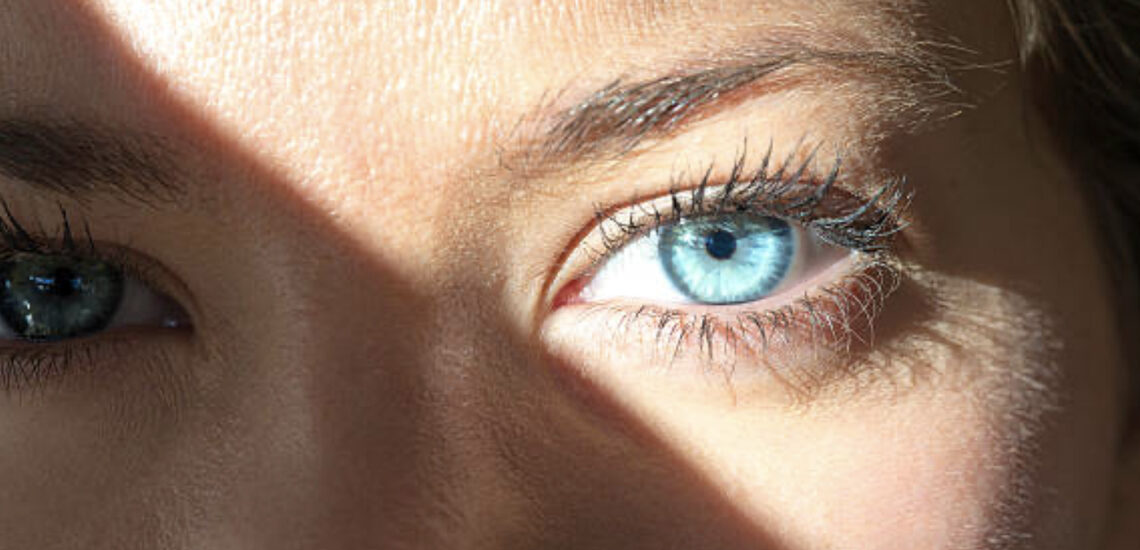Protect Your Vision: Recognizing the Signs of Sun-Related Eye Damage

Exposure to the sun’s ultraviolet (UV) radiation can cause damage to the eyes. Over time, this damage can contribute to various eye conditions and vision problems. Here are some signs and symptoms of sun-related eye damage:
- Photokeratitis: This condition is often referred to as “sunburn of the eyes” and occurs when the cornea, the clear front surface of the eye, is exposed to excessive UV radiation. Symptoms may include eye pain, redness, tearing, sensitivity to light, and a gritty sensation in the eyes. Photokeratitis is usually temporary and resolves within a few days.
- Photoconjunctivitis: Also known as “sunburn of the conjunctiva,” this condition affects the clear tissue that covers the white part of the eye and the inside of the eyelids. Symptoms are similar to those of photokeratitis and may include redness, swelling, excessive tearing, and discomfort.
- Pinguecula: A pinguecula is a yellowish, raised growth on the conjunctiva, usually located on the white part of the eye near the edge of the cornea. Chronic exposure to the sun’s UV radiation is one of the risk factors for developing pinguecula. It may cause dryness, redness, and a feeling of irritation or grittiness in the eye.
- Pterygium: A pterygium is a growth of fleshy tissue that extends from the conjunctiva over the cornea. It is often caused by chronic exposure to UV radiation and dry, dusty environments. Symptoms may include redness, irritation, blurred vision if the growth extends onto the cornea, and a sensation of having a foreign body in the eye.
- Cataracts: Prolonged exposure to UV radiation is a risk factor for developing cataracts, a condition characterized by the clouding of the eye’s natural lens. Symptoms of cataracts include blurry or cloudy vision, decreased night vision, increased sensitivity to glare, and the need for frequent changes in eyeglass prescription.
- Age-related macular degeneration (AMD): While the exact cause of AMD is unknown, UV radiation is considered a risk factor. AMD affects the central part of the retina (macula) and can lead to the gradual loss of central vision. Symptoms may include blurry or distorted vision, dark or empty areas in the central vision, and difficulty recognizing faces or reading.
To protect your eyes from sun-related damage, it’s important to wear sunglasses that block 100% of both UVA and UVB rays, along with a wide-brimmed hat for added protection. Additionally, avoid prolonged exposure to the sun, especially during peak UV hours (usually between 10 a.m. and 4 p.m.), and consider seeking shade when the sun’s rays are the strongest. Regular eye examinations are also recommended to detect any potential eye damage or conditions early on.
Picture Courtesy: Google/images are subject to copyright








